The top 10 health industry issues for 2015 explained in infographics
Pricewaterhouse Coopers recently published a report on the Top health industry issues of 2015. We did the job of summarizing the main points of the report so you can review the state of the industry at a glance.
Issue 1: DYI healthcare
High tech, personal medical devices are making their way from the hospital into the home. We are seeing wearable tech move from exercise into the medical arena. Examples include:
- vital signs monitors
- blood and urine analysis tools that tether to smartphones
- medication adherence devices that attach to pill bottles.
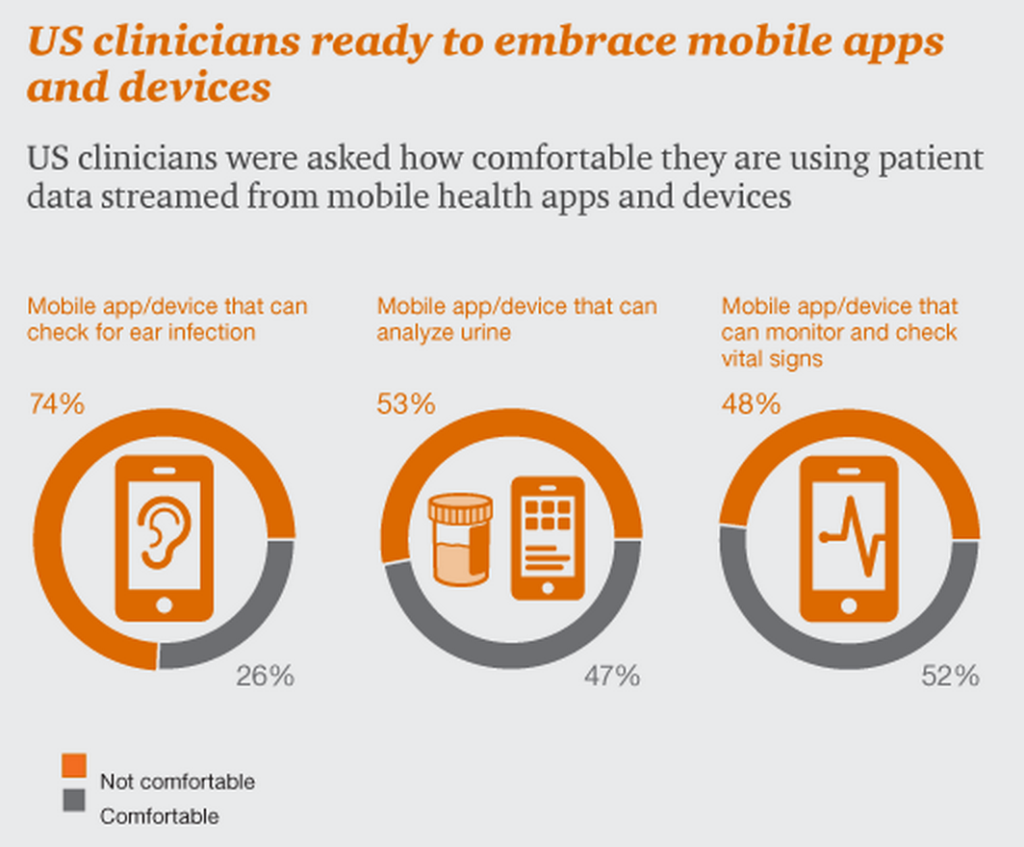
Issue 2: Leap from mobile app to medical device
Mobile apps are being approved by the FDA as digital therapeutics and physicians are becoming more likely to use them in practice.

Issue 3: Balancing privacy and convenience
Consumers want access to their data but they want it protected and private. They want to be the gatekeepers of their own health.
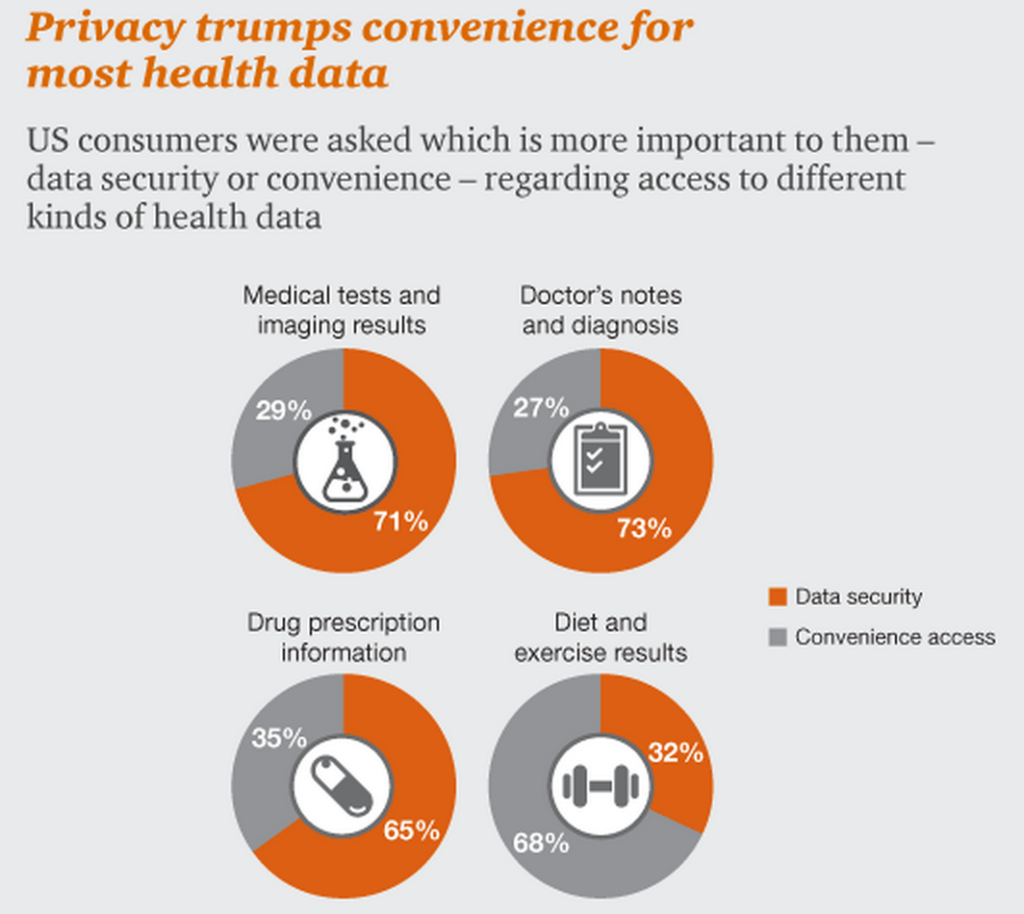
Issue 4: High-cost patients spark innovations
The oldest and poorest patients, the dual eligible Medicare/Medicaid beneficiaries, consume 20% of the nation’s healthcare spending. Innovations in care coordination are becoming more plentiful and accessible in more communities.
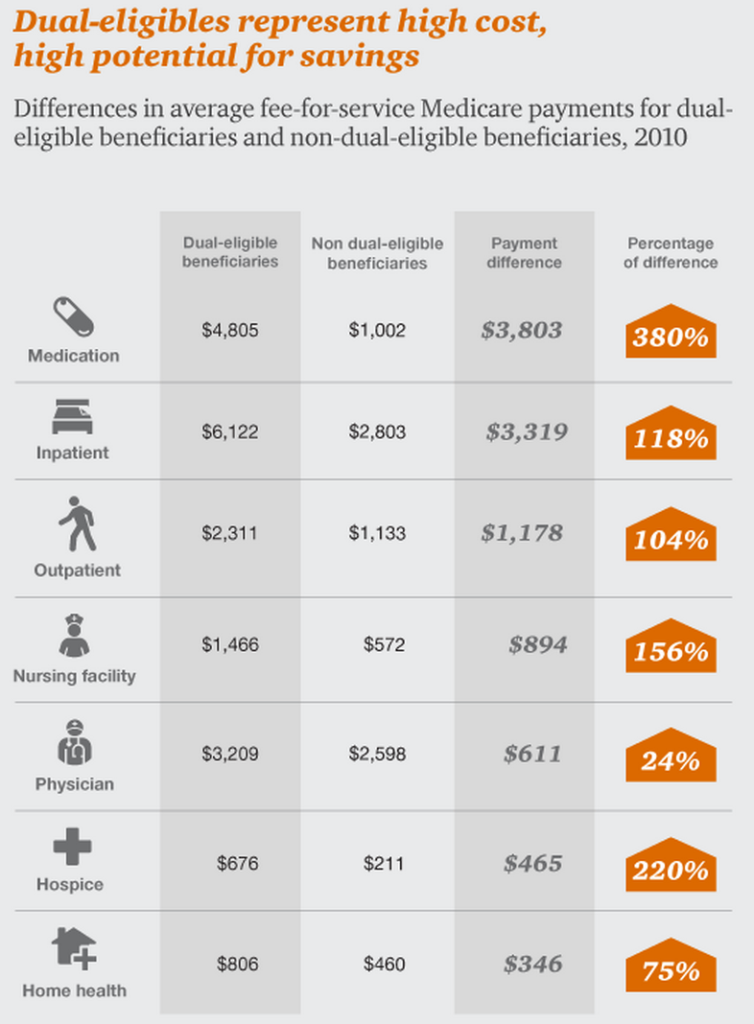
Issue 5: Putting a price on positive outcomes
Drugs are getting more expensive for consumers and health systems. Buyers are getting choosier. Faced with tough scrutiny, drug developers are being forced to demonstrate the efficacy of their drugs is worth the price. Precision medicine through genetic testing is becoming more attractive to patients, but the populace is divided on how much they would be willing to spend.

Issue 6: Open everything to everyone
There has been a big push to bring more transparency to clinical trials and big pharma's relationship to physicians.
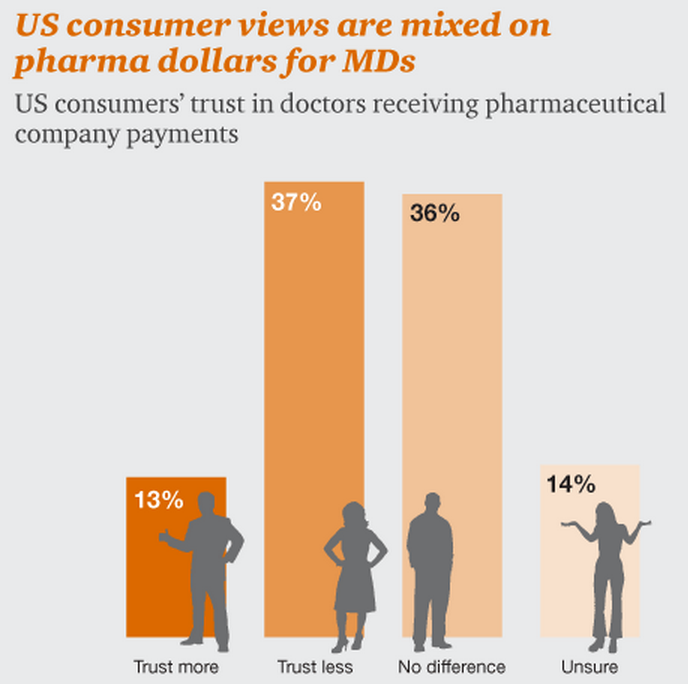
Issue 7: Getting to know the newly insured
6 million adults ages 19 - 34 signed up for health coverage since July 2013. Technology startups are working with doctors to form ACOs and are leading the charge in population care management to reduce costs.

Issue 8: Scope of practice expands
It is possible that the US could face a shortage of 50,000 to 100,000 physicians by 2020. Nurses, nurse practitioners, physician assistants and pharmacists may end up becoming the primary care to the underserved. Retail clinics will be another avenue for these caregivers to provide their expertise to the population.
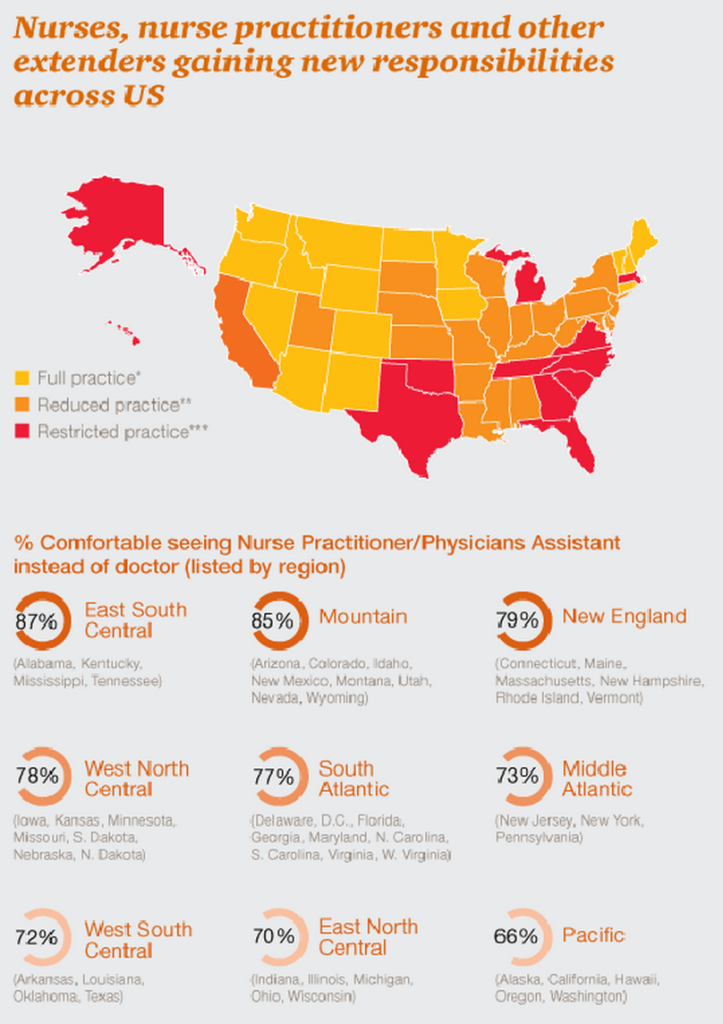
Issue 9: Redefining well-being for millennials
Companies are expected to offer more than just health benefits to attract top talent. Tech culture has influenced work culture throughout the US. "Insurers and healthcare organizations will work closely with employers and consumers to support and enhance the well-being of their members and patients."

Issue 10: Partner to win
20 out of 50 Fortune 50 companies pursued new healthcare partnerships in 2014. An example of this is Theranos and Wallgreens or Google and AbbVie.

Works Cited:
1 http://www.pwc.com/us/en/health-industries/top-health-industry-issues/partnerships.jhtml
2 http://www.aafp.org/news/practice-professional-issues/20130514dpcmodel.html




















